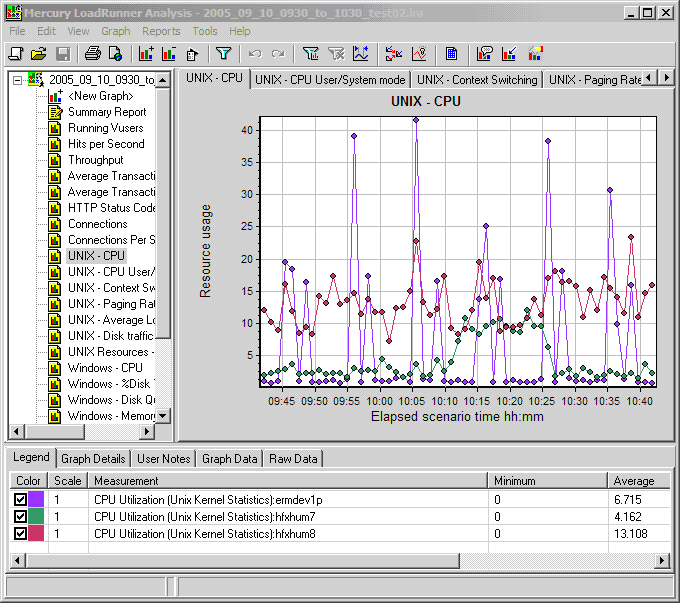This sample script, kindly provided by Mark Sibley shows how to change the case of a captured string.
Mark has written functions which change the case of a string to upper case, lower case or title case.
Either download the script, or paste the functions below into a LoadRunner script “as is” and then call them using the ConvertToUpper, ConvertToLower or ConvertToTitle functions.
For each function, the syntax is as follows.
ConvertToXXXX(“sINPUT”,”sOUTPUT”);
Where XXXX is Upper, Lower or Title
sINPUT is the name of the captured string.
sOUTPUT is the name of the new output string.
ConvertToUpper function
int ConvertToUpper(char * sInput, char * sNew)
{
sInput = (char *)strupr(sInput);
lr_save_string(sInput,sNew);
}
ConvertToLower function
int ConvertToLower(char * sInput, char * sNew)
{
sInput = (char *)strlwr(sInput);
lr_save_string(sInput,sNew);
}
ConvertToTitle function
int ConvertToTitle(char * sInput, char * sNew)
{
int i = 0, s = 0, l = 0;
char buf1[50];
char buf2[2];
char n;
// Copy a single character into the address of [n]
strncpy(&n,sInput+i,1);
// Copy the single character into buf2
sprintf(buf2,”%c”,n);
// Convert the contents of buf2 to uppercase
strupr(buf2);
// Overwrite the contents of buf1 with buf2
strcpy(buf1,buf2);
i++;
while(i < strlen(sInput))
{
// Overwrite buf2 with one character
strncpy(&n,sInput+i,1);
sprintf(buf2,”%c”,n);
// If the previous character was a space then make the current character upper case
if(s == 1){
strupr(buf2);
strcat(buf1,buf2);
s = 0;
}
// Otherwise convert to lower case and concatenate the current character into the string buf1
else{
strlwr(buf2);
strcat(buf1,buf2);
}
// If the current character is a space set the value of [s] to [1] so that the next character gets capitalised
if(strcmp(” “,buf2)==0)
{
s = 1;
}
i++;
}
lr_save_string(buf1,sNew);
}
More sample scripts are avaiable at my GitHub library – https://github.com/richardbishop/LoadRunnerSamples






